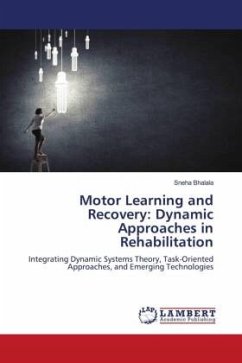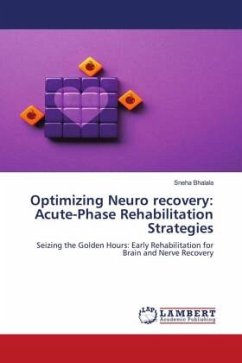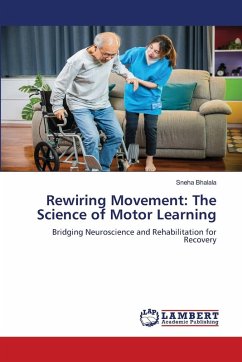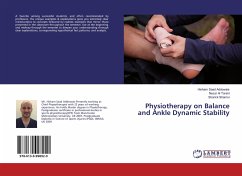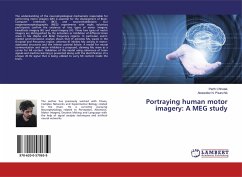Motor learning involves the acquisition and refinement of movement patterns through practice, leading to lasting improvements in functional abilities. Key theories like Dynamic Systems Theory emphasize the interaction between the individual, environment, and task to drive recovery.For neurological conditions (e.g., stroke), approaches such as:Constraint-Induced Movement Therapy (CIMT): Forces use of the affected limb to counteract "learned nonuse."Task-Oriented Training: Focuses on meaningful, real-world activities to enhance motor control.Robotics & Virtual Reality: Provide guided, repetitive practice to promote neuroplasticity.Bilateral Training: Uses simultaneous limb movements to stimulate neural recovery.Evidence supports these methods for improving motor function, particularly when tailored to individual goals and contexts. Emerging technologies and occupation-based strategies further optimize outcomes in rehabilitation.
Bitte wählen Sie Ihr Anliegen aus.
Rechnungen
Retourenschein anfordern
Bestellstatus
Storno

